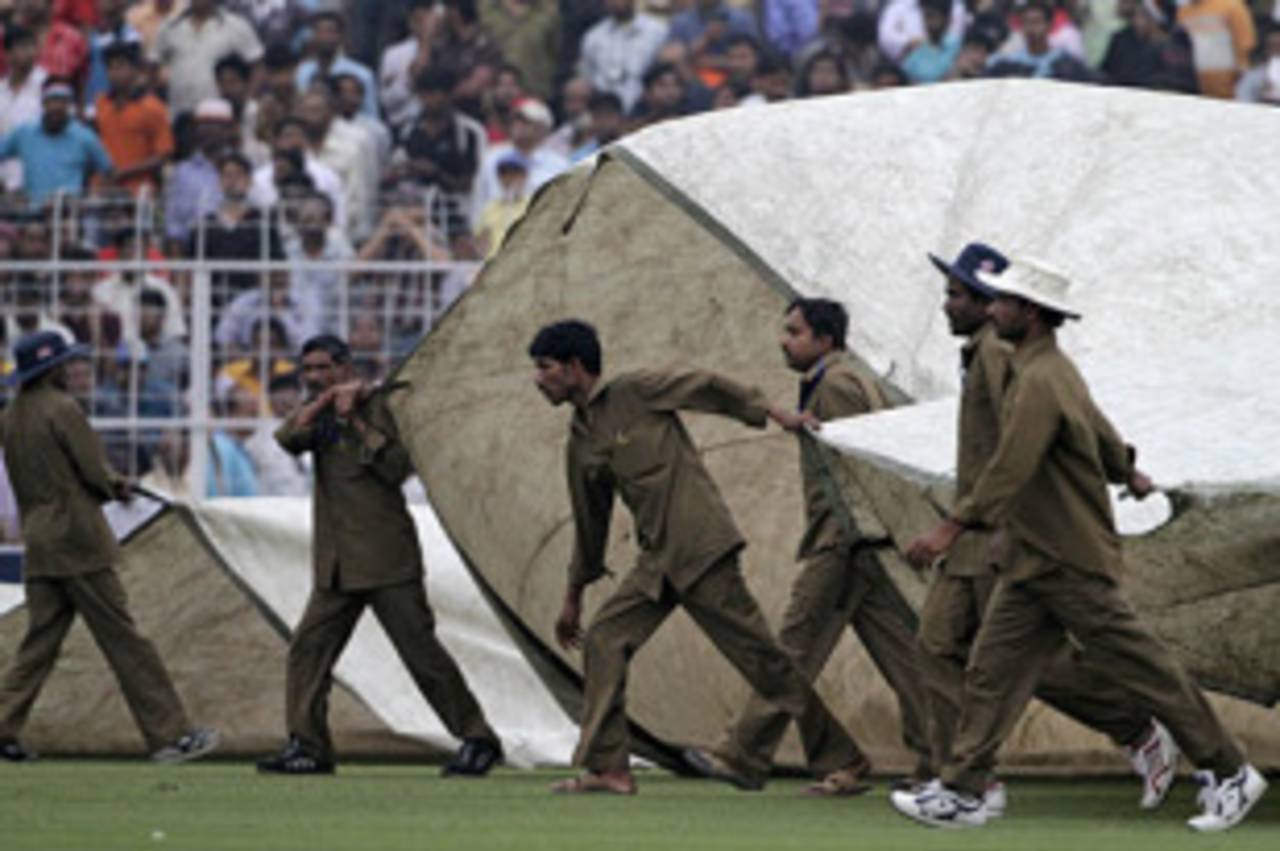Ray Illingworth, the former England captain, played most of his career on uncovered pitches, and was a big fan. "They produced better batters and bowlers," he wrote in his autobiography, arguing that bowlers learned to exploit helpful conditions, and batsmen to hone their techniques.
Uncovered pitches in England were phased out in the 1960s - something Richie Benaud blames for the decline of the wrist-spinner. Since then, with the exception of some indecently raging turners at Northampton, the only luxuries afforded English bowlers have been greentops, leaving mediocre seamers to grab all the wickets and spinners to fight over the scraps.
Another side-effect of covering pitches has been the normalisation of batting conditions all round the world. During the 1936-37 Ashes series, Australia responded to a classic sticky dog - created when a wet pitch is exposed to the sun -
in Melbourne by reversing the order. It worked a treat: Don Bradman came in at No. 7, scored 270, and Australia won by 365 runs. These days the batsmen are more pampered and such an innovation isn't necessary. Which makes you wonder how much Bradman would have averaged had he been born 50 years later.
